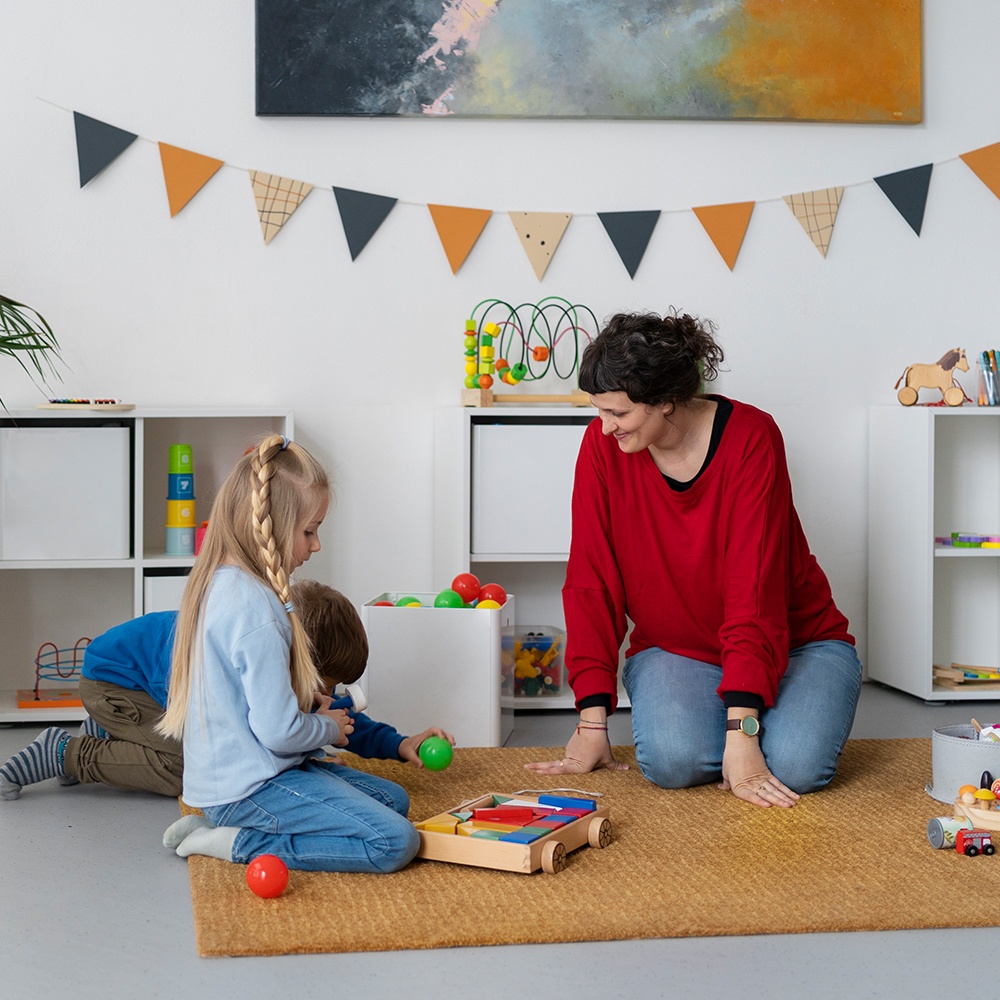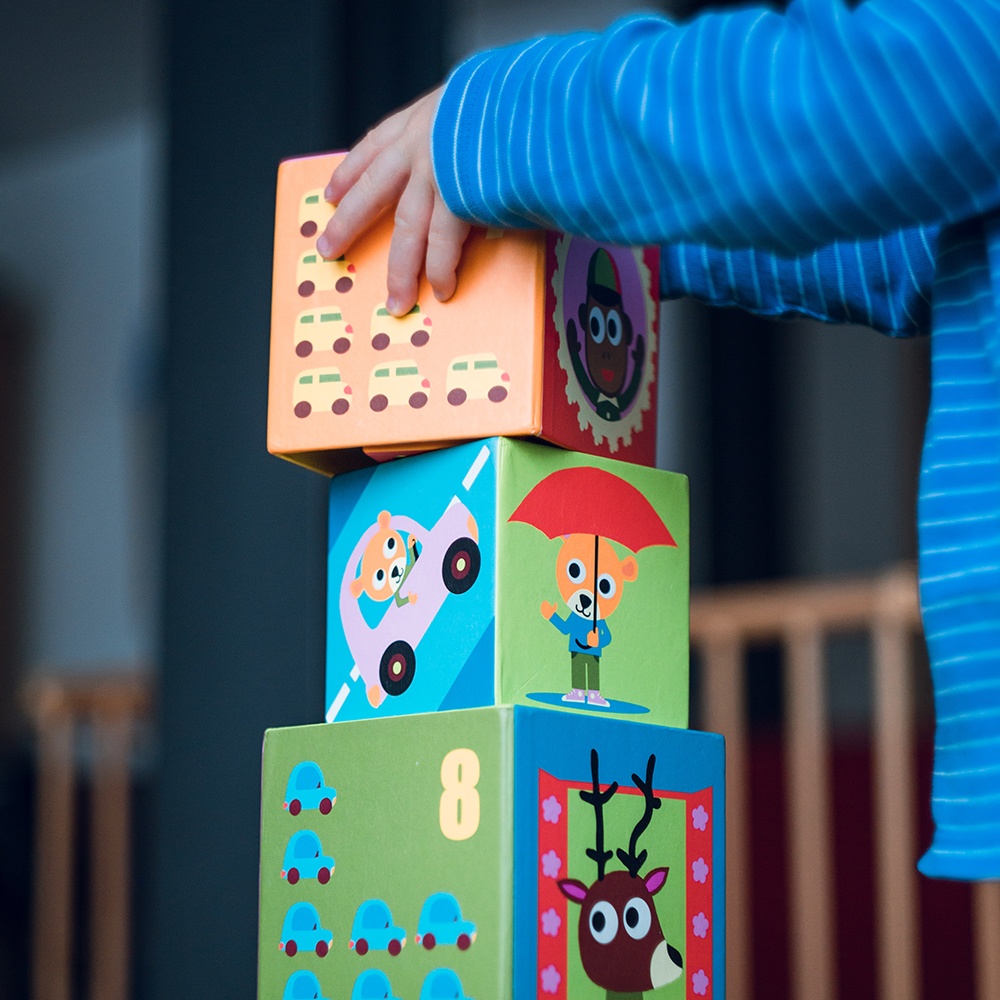Of course, as a parent, you want your child to eat healthily. The problem is, this is often easier said than done. If it’s a challenge for you to get your child to eat foods that are good for him or her, try a few of these tips.
Make a schedule
Children generally need to eat every three to four hours. It can be a great investment of time to plan meals and snacks in advance, but if you’re not able to do this, just try to keep a wide variety of healthy snack choices (such as pretzels, carrots, yogurt, and water) on hand and ready to grab so that you don’t have to fall back on fast food or junk food.
Plan dinners
Meal planning can seem intimidating if you’ve never done it before, but it’s worth the time. Start with just two or three days a week. Planning ahead ensures that you keep meals balanced: whole-grain bread, rice or pasta; a fruit or vegetable; and a source of protein like lean meat, cheese, or beans are good staples to choose from to create a balanced meal. Some meals, such as soups, chili, or sauces, can be made ahead of time and frozen so that they’re ready to go at any time.
Don’t become a short-order cook
It can be a challenge to make something that everyone in the family will eat. Instead of catering to everyone’s preferences, however, just provide a few options to serve family-style so that each person can pick and choose what they like. After a while, children will start to mimic their parents’ behavior and become accustomed to eating the same foods.
Bite your tongue
Try not to comment on what or how much your kids are eating. Trying to enforce eating habits (by saying things like “eat your vegetables”) will only create resistance.
Introduce new foods slowly
It might help to tell kids that their taste buds sometimes have to get used to a flavor before they’ll like the taste. A little hero worship can work, as well, such as saying that their favorite athlete or celebrity loves to eat his or her vegetables.
Dip it
If your kids refuse to eat vegetables, try serving them with condiments and dips on the side.
Make mornings count
Most people don’t manage to get their daily dose of fiber, so try to sneak it in during breakfast. High-fiber cereals are great, as well as whole-grain pancakes or waffles.
Sneak in soy
Even if you don’t have lactose-intolerance or dairy allergies in the family, soy milk is a great source of healthy phytochemicals. If you don’t enjoy the taste on its own, you can swap it out for milk in recipes.
Sprinkle some sugar
It might take some sweetening up to get kids to eat their fruits and vegetables, but at least they’ll be eating them. Eventually, they’ll outgrow this need for extra sweetness but still be in the habit of eating fruits and veggies.
Get kids involved
Being involved in choosing or preparing meals gives children ownership and creates more interest. Let them go grocery-shopping with you and help you make selections. If they’re old enough, let them help in the kitchen, too.
Cut back on junk
Remember that you control what foods enter your house. By not allowing junk foods to be available and instead providing more fruits, vegetables, whole grains, and dairy products, you’ll force your kids to make healthier choices.
Allow treats
Be sure not to make unhealthy foods strictly forbidden – doing so makes them even more appealing. Allow these less healthy choices occasionally, such as a sugary cereal every so often, or a fast food meal once or twice a month.
Have fun
Being creative with a meal makes it more appealing. Play with your food and make smiley-face pancakes, and give foods silly names. Try making things in mini, too.
Be a role model
Set an example of healthy eating habits for your kids; you can’t expect to simply tell them to eat healthy while you’re snacking on a bag of chips. Kids learn their eating habits from adults.
Remember that it’s about balance – popcorn at the movies or an ice cream sundae are not completely off-limits, as long as they’re balanced with smart food choices and physical activity.























